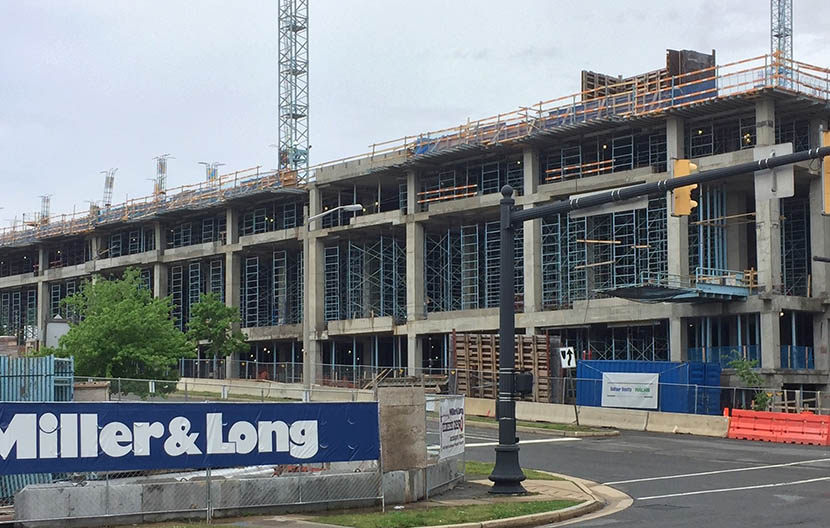
CRE Asset Prices Creep Higher

Real Capital Analytics, New York, reported U.S. commercial property prices posted a 1.6 percent year-over-year gain in August.
Declines in retail and office pricing weighed against continued growth in industrial and apartment prices, RCA Senior Analyst Wyatt Avery said.
Retail prices sank again in August. “Prices for the beleaguered sector started declining in April and have accelerated each month since then,” Avery said. Overall office prices also slipped, dragged down by a 1.4 percent annual decline in suburban office asset prices.
Prices for the industrial sector rose 7.4 percent from a year prior, Avery said. He said industrial assets remain an investor favorite despite a continuing slump in transaction volume. Apartments also posted a 7.4 percent year-over-year gain, he said.
Avery noted RCA’s U.S. National All-Property Index had been rising at a nearly 6 percent rate in early 2020, before the Covid-19 crisis hit the economy.
“Debt markets are supporting commercial real estate pricing,” Avery said. “More capital flowed into refinancing activity than acquisition activity in the first half of 2020. The ability of owners to refinance properties rather than sell has led to sticky prices.”
Green Street, Newport Beach, Calif., reported its index of real estate investment trust-owned properties increased 1.3 percent in August. Values for REIT-owned industrial, manufactured home park, student housing and apartments all increased, while pricing of other property sectors held steady.
“Prices of most properties are lower than they were six months ago, and 10 percent works as a rule of thumb, but it oversimplifies what’s taking place,” said Green Street Managing Director Peter Rothemund. “Prices of properties with income streams that will be largely unaffected by the pandemic–either because of property type, lease structure or some combination of the two–are at or near record highs. At the other end of the spectrum, pricing of those assets most impacted–lodging and some retail–has moved so much than buyers and sellers are still trying to figure it out.”
